This egg-shaped succulent has two gray-green leaves and a central cleft. New leaves sprout at an angle to the split. The “Split Rock Succulent” thrives indoors, making it ideal for a windowsill garden. In the winter and summer, water sparingly. In the winter, look for orange blooms that smell like coconut!
“It’s a big decision to take on the responsibility of caring for a living thing. You can go with an easy-to-take care of pet like a goldfish or you can opt for something that requires more time, but is well worth it in the end: a succulent plant.”
“Pleiospilos nelii, also known as “split rock succulent,” is one such type of plant. It was first discovered in South Africa and has since been found throughout southern Africa.”
“In this blog post you’ll learn all about Pleiospilos nelii; what they look like, what their needs are and how to care for them!”
Quick Look:
Full sun to partial shade
Water sparingly (see below for more information). Do not water in the winter.
Plant grows up to 5″ (13 cm) tall
Plant grows up to 4″ (10 cm) wideZone 10a (Minimum 30° F | -1.1° C)
Not cold hardy
Propagation by division or seeds
Generally non-toxic to humans and animals
Actively grows in Spring and Fall
Few things you need to know when caring for Split Rock
Growing Cycle & Watering
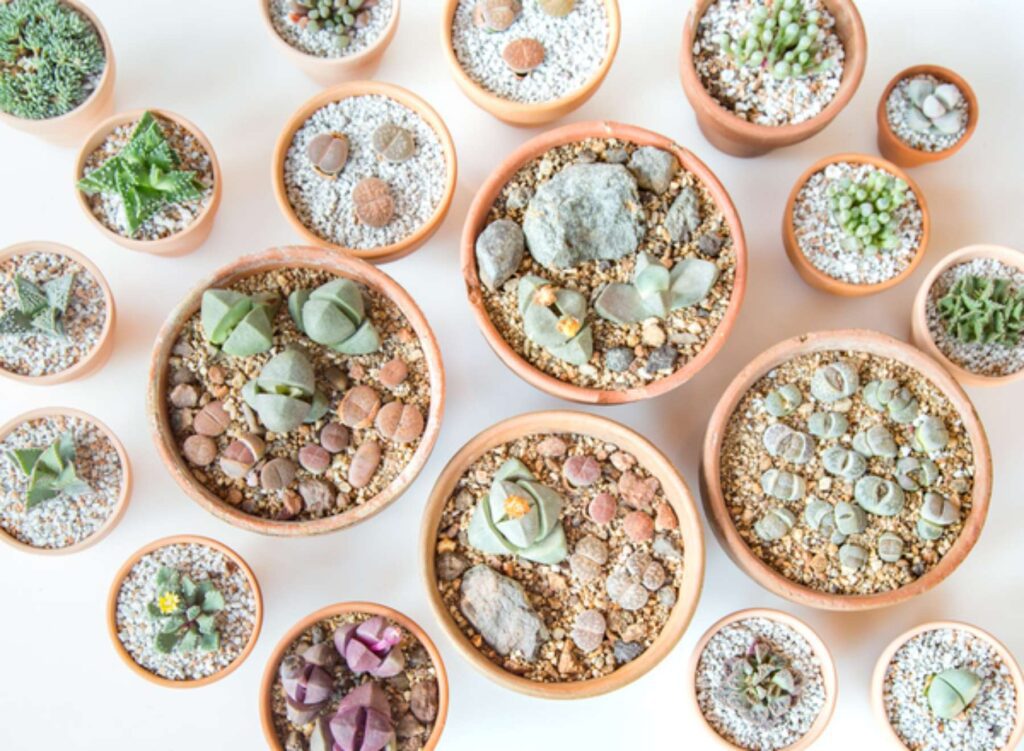
Split Rocks, like most succulents, is drought tolerant, allowing it to go for long periods without water, making it an ideal plant for someone with a hectic schedule.
Ideally, this should be given a good soak of water whenever the soil has completely dried out between waterings during its growing season, which occurs in the spring and early fall. When temperatures are extreme in the summer and winter, you should reduce the watering schedule once every few weeks.
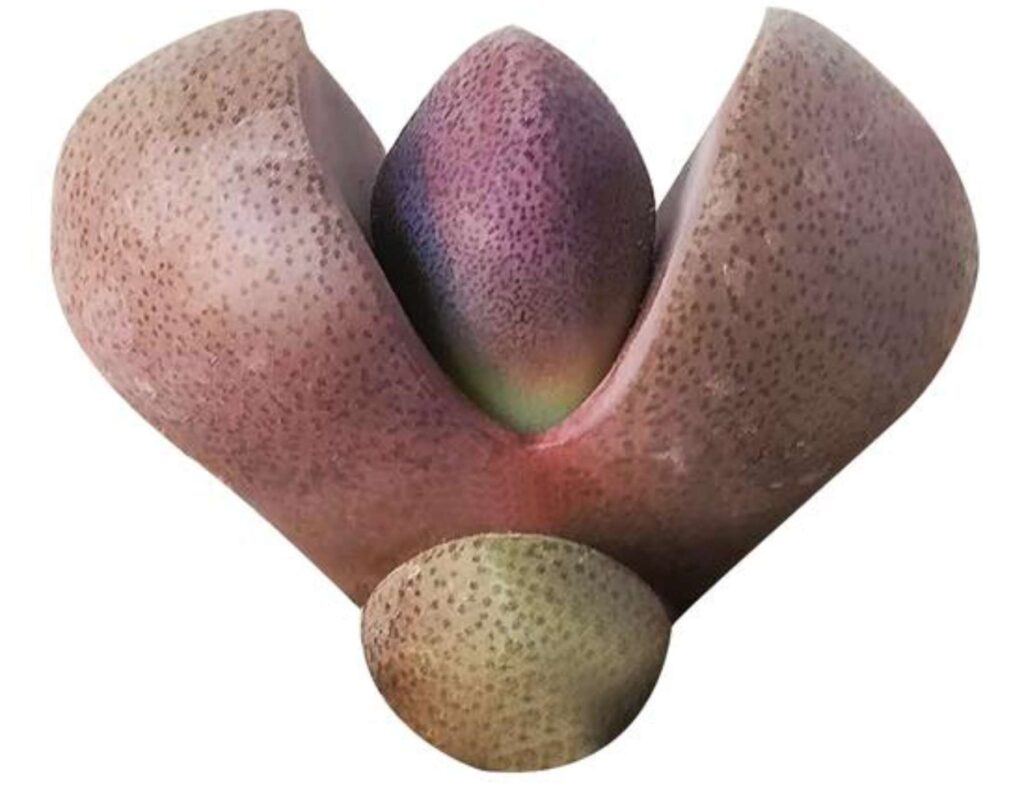
Keep in mind that overwatering can cause Split Rock to crack and rot. So, before watering again, check the soil and the hardness of the leaves. If the soil feels almost dry, but the leaves are still solid, this means they don’t need to be watered just yet.
Also, keep in mind that a Split Rock Succulent that is healthy and happy will usually only have two sets of leaves at a time. When your plant begins to develop more than two sets or even the slightest cracking on its epidermis, it is an indication that it is already drowning. So, if you notice these signs on your Split Rock, don’t water it for at least a week.
Light & Temperature
Split Rocks require partial shade to full sun to grow happily and healthily. If you are growing it indoors, you should expose it to as much light as possible to thrive, especially during the winter, as cold temperatures can affect the plant’s overall well-being. A location near a south-facing window should meet this condition. Consider getting some grow lights if you don’t have a south-facing window or any other location where your Split Rock can get enough light.
You can also grow Split Rock in your garden to enjoy bright light, but make sure to keep it protected from the harsh afternoon sun and rain. Keep in mind that this plant is not cold, hardy. If you live in an area where the temperature drops below 30 degrees Fahrenheit, we recommend growing it in a container or pot where you can easily bring it inside as soon as the temperature drops.
Soil & Pot
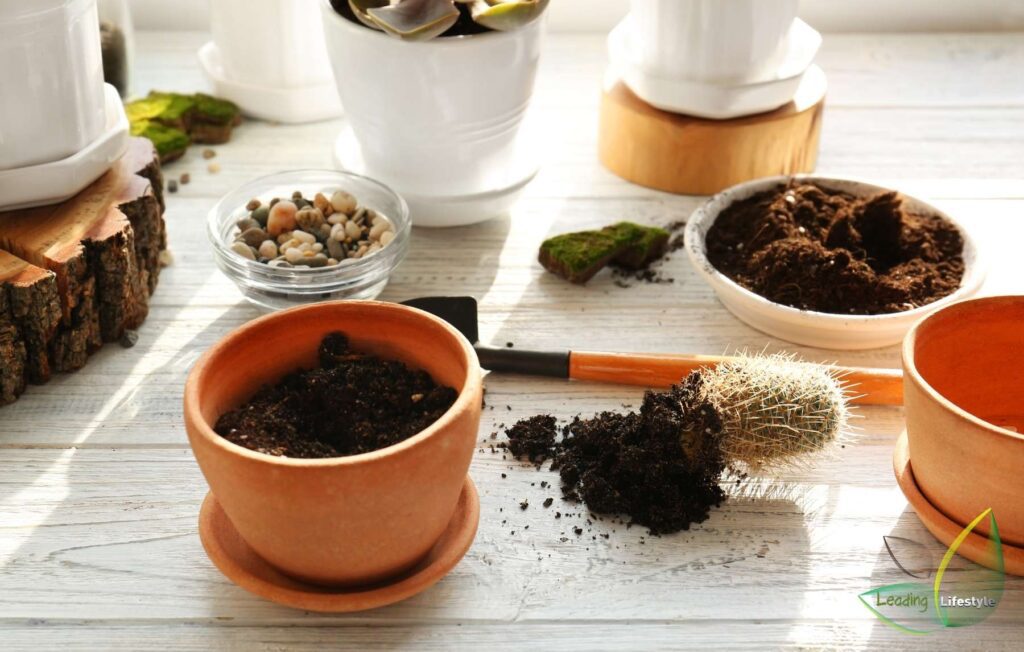
Split Rock, as a succulent, requires well-draining soil as well. This condition can be met by combining a 25% cactus mixture and a 75% pumice mixture. Because split rock has a long taproot, the pot should be at least 3.5 to 4-inches deep with a drainage hole in the bottom. This reduces the likelihood of your plant developing root rot problems.
Repotting
Because Split Rocks grow slowly, repotting should be done only once every 3 to 5 years. Choose a new plant around 4-inches deep with a hole at the bottom to transfer your plant to. This should allow your Split Rock’s roots to grow and provide proper drainage.
You can also plant Split Rock Succulent on the ground in your outdoor garden. Just make sure the soil and drainage conditions are ideal to avoid rot caused by poor drainage or freezing. Your plant will also appreciate it if you place some rocks on top of its soil, as this will make it feel more at ease. Also, make sure to cover at least 13 of its stem in soil, leaving 23 exposed, similar to how a rock would sit on the ground.
After successfully transplanting your Split Rock Succulent, you mustn’t water it for at least a few days to a week to encourage its roots to grow and adjust to its new soil. You may water after a week, but only as needed.
Furthermore, avoid disturbing or repotting your Split Rock Succulent while it is still dormant. Instead, do this before the plant begins to bloom, which usually occurs in early Spring.
Growing New Leaves
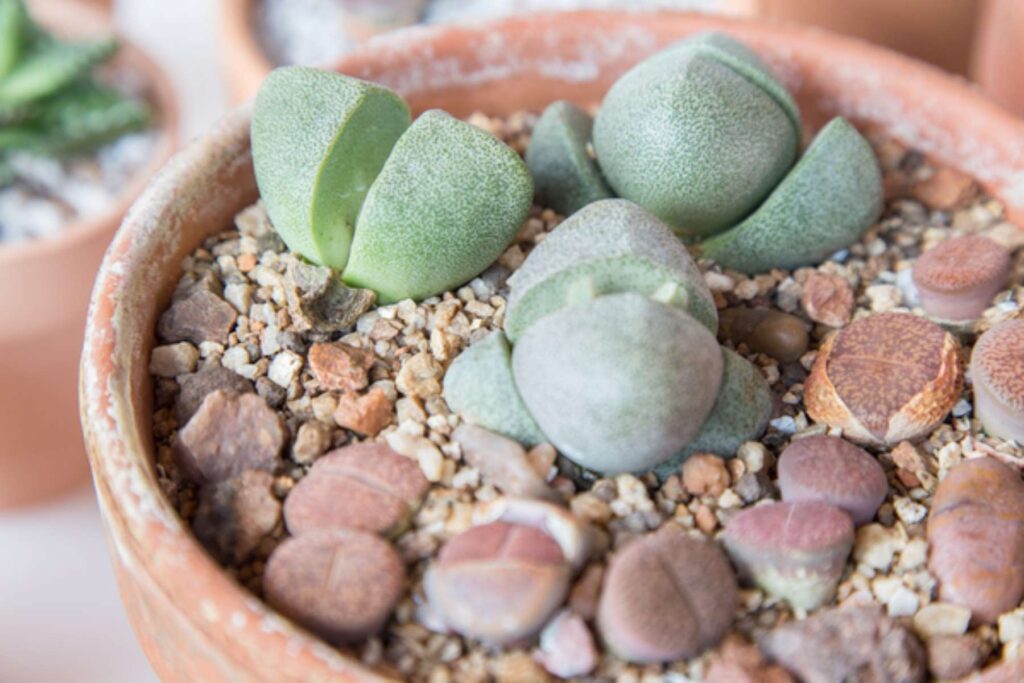
Split Rock Succulent grows new pairs of leaves in the center to replace the old ones every late spring or early summer. So, if your Split Rock begins to produce more than one pair of leaves, or if your plant becomes wrinkled and soft, stop watering. This should allow your plant to use its stored water, causing the outer pair of leaves to dry out, shrink, and disappear as they are used as a nutrient by the plant to support new growth.
Split Rocks also produce some spectacular flowers in the spring, with a coconut-like scent emanating from the crack or cleft. These flowers can be yellow, orange, white, or magenta in color and are typically larger than the plant itself.
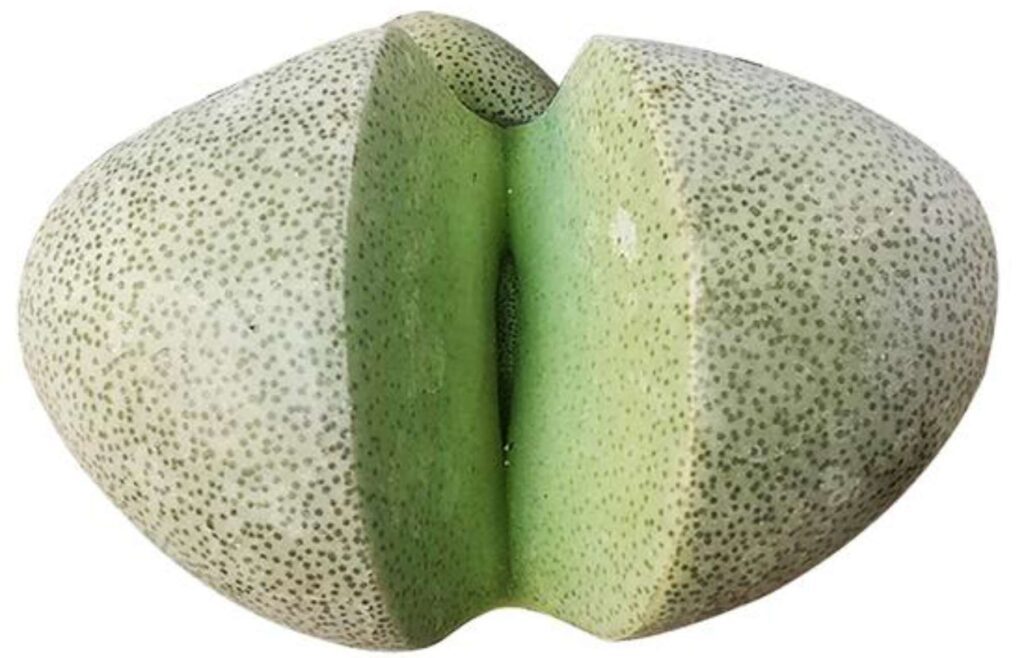
Split Rock Succulent, like Lithops, may bloom flowers in autumn. Lithops, on the other hand, can only produce one flower at a time. Split Rock, on the other hand, can produce multiples in a single blooming cycle.
While these two plants are very similar, you can tell them apart because Lithops are smaller than Split Rock Succulent and do not grow when buried in the ground.
General Care for “Split Rock Succulent”
Pleiospilos nelii “Split Rock Succulent” is a perfect example of botany mimicry. Mimicry occurs when a plant evolves to look like something in its surroundings. Pleiospilos nelii mimics stones in “Split Rock,” creating camouflage to blend in.
The leaves of “Split Rock Succulent” have specks as well. These are “windows” that allow sunlight to enter the plant’s body and allow it to photosynthesize.
The “Split Rock Succulent” requires less water than other succulents. It’s best to use the “soak and dry” method, allowing the soil to completely dry between waterings. During the winter, water sparingly. Overwatering can cause your “Split Rock Succulent” to rot or burst.
Pleiospilos nelii “Split Rock Succulent” leaves can be divided to propagate the plant. You should remove clumps in the spring before new leaves sprout.
Remove a leaf from the main plant with a sharp, sterile knife. Allow it to be callous for a day or two before placing it in well-draining sandy soil.
“Split Rock Succulent” seeds can be easily harvested from the flower pod or purchased online. Begin sowing your seeds in the summer in a warm location.
Soak your Pleiospilos nelii seeds in water 24 hours before planting in a small layer of sandy soil for the best results. Keep the soil damp but not wet until the seeds germinate.
Split Rock Succulent do not require grooming because they can take care of themselves. If your plant has not completely absorbed the old leaves plant, you can remove them. But only if you believe it is easily removable. To put it another way, if the leaves are still firmly attached to the rest of the plant, give it more time to shed the leaves to avoid hurting or damaging the plant.
Pleiospilos nelii cv. Royal Flush
The top Royal Flush has a seed pod, while the one to its right is about to bloom!
All of the leaves may look bright purple when it arrived from a seller, but since I stopped watering it, you can see how it’s starting to lose some of its colors (and it’s lost a ton in size!) It shouldn’t be long before the outer leaves wither. It’s okay for the other leaves to be soft as long as the two center leaves are solid. This indicates that it uses its own water, which means you do not need to provide it with any.
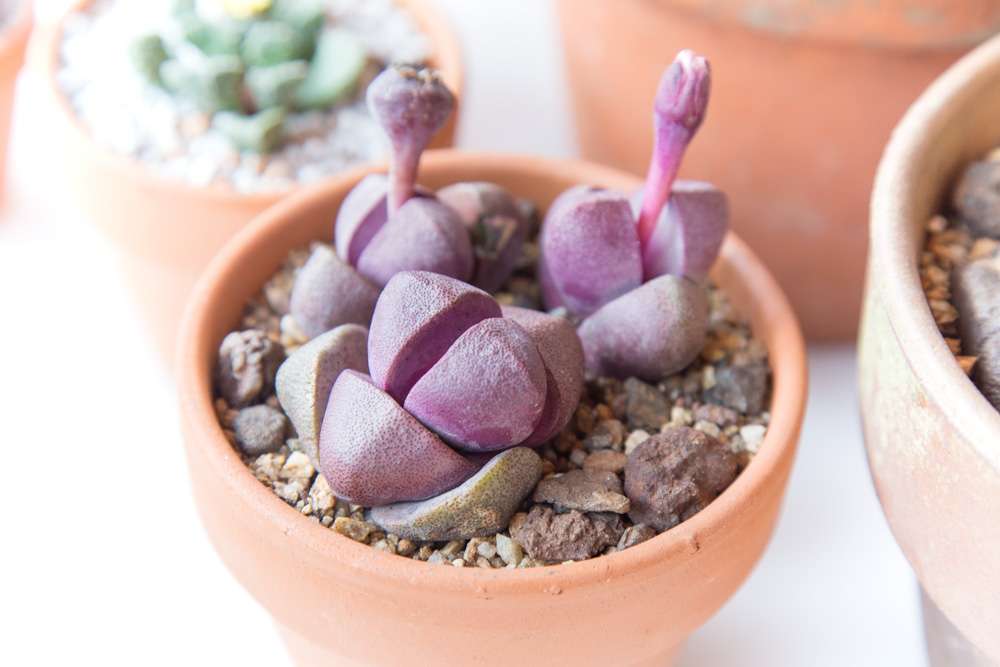
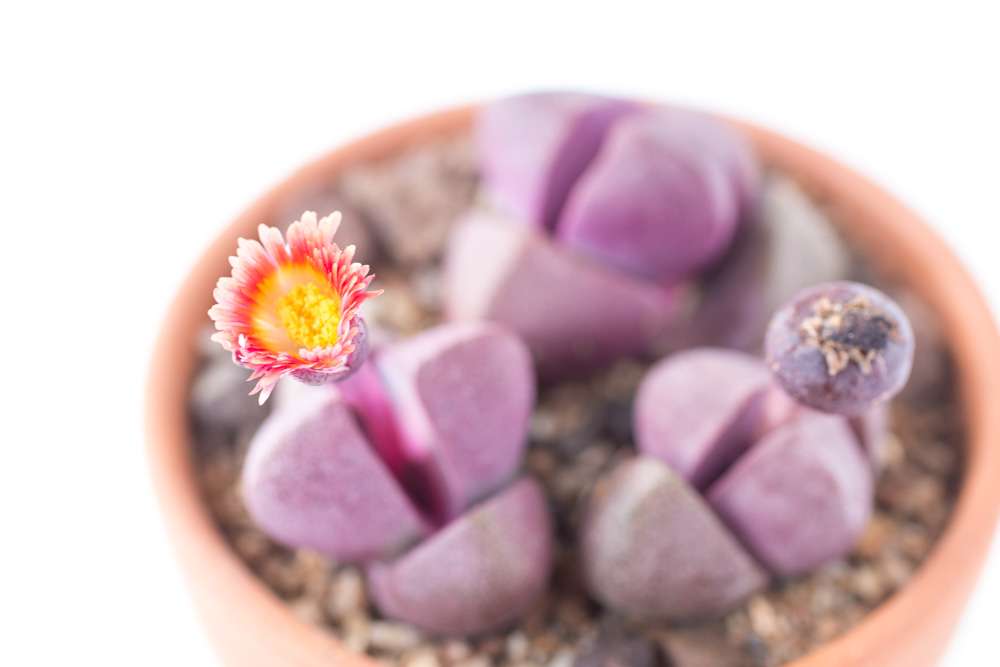
DIY Soil For Split Rock Succulent
Our favorite soil for lithops and split rock succulent is a mixture of sifted Black Gold Cactus Mix and extra pumice. Typically, the ratio is 25% Black Gold to 75% pumice. It’s simple and effective. Soil is a contentious subject, but we believe we can all agree on one thing: avoid Miracle-Gro or any other mix that contains sphagnum peat moss.
Because the split rock has a long taproot, their pot should be at least 3.5-4′′ deep. Drainage is essential, so make sure the pot has a hole in the bottom. Never add a layer of rocks to the pot’s bottom. This does not affect drainage and only raises the water table, which can lead to root rot.
After they’ve been nestled in their new home, you can “try” to make it look like they’re in their natural habitat by adding some rocks from the creek. They can be difficult to spot in the wild because they blend in so well with their surroundings.
They also grow among rocks, which acts as an additional layer of protection.
The rocks not only help them blend in with their surroundings in their natural habitat, but they also provide some shade from the hot sun. As the little split rock blooms, changes leaves, and generally does its own thing, those rocks remain and provide excellent protection.

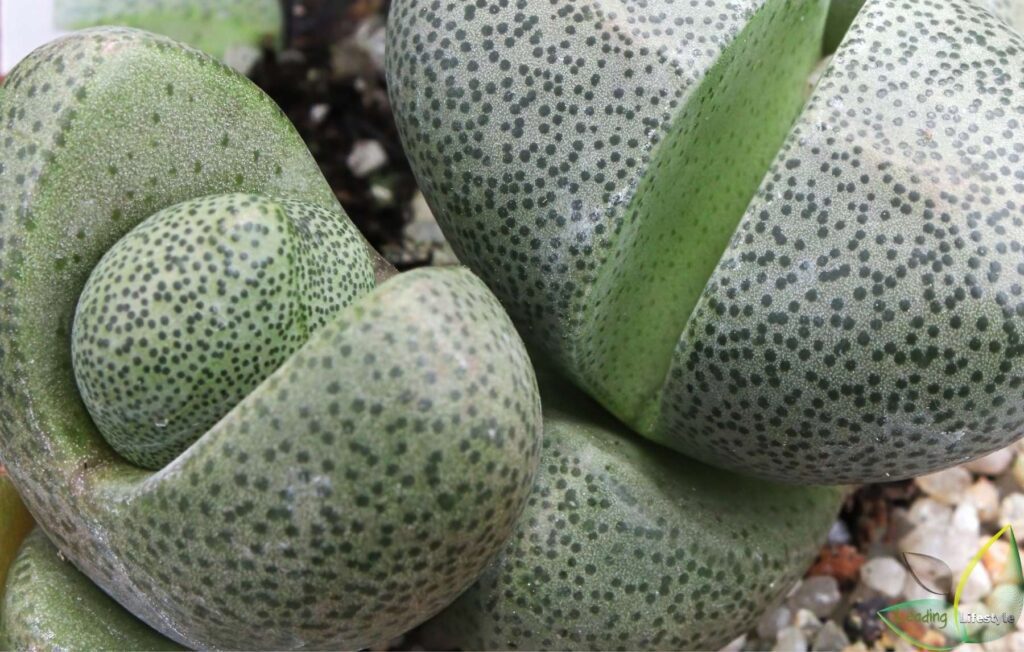
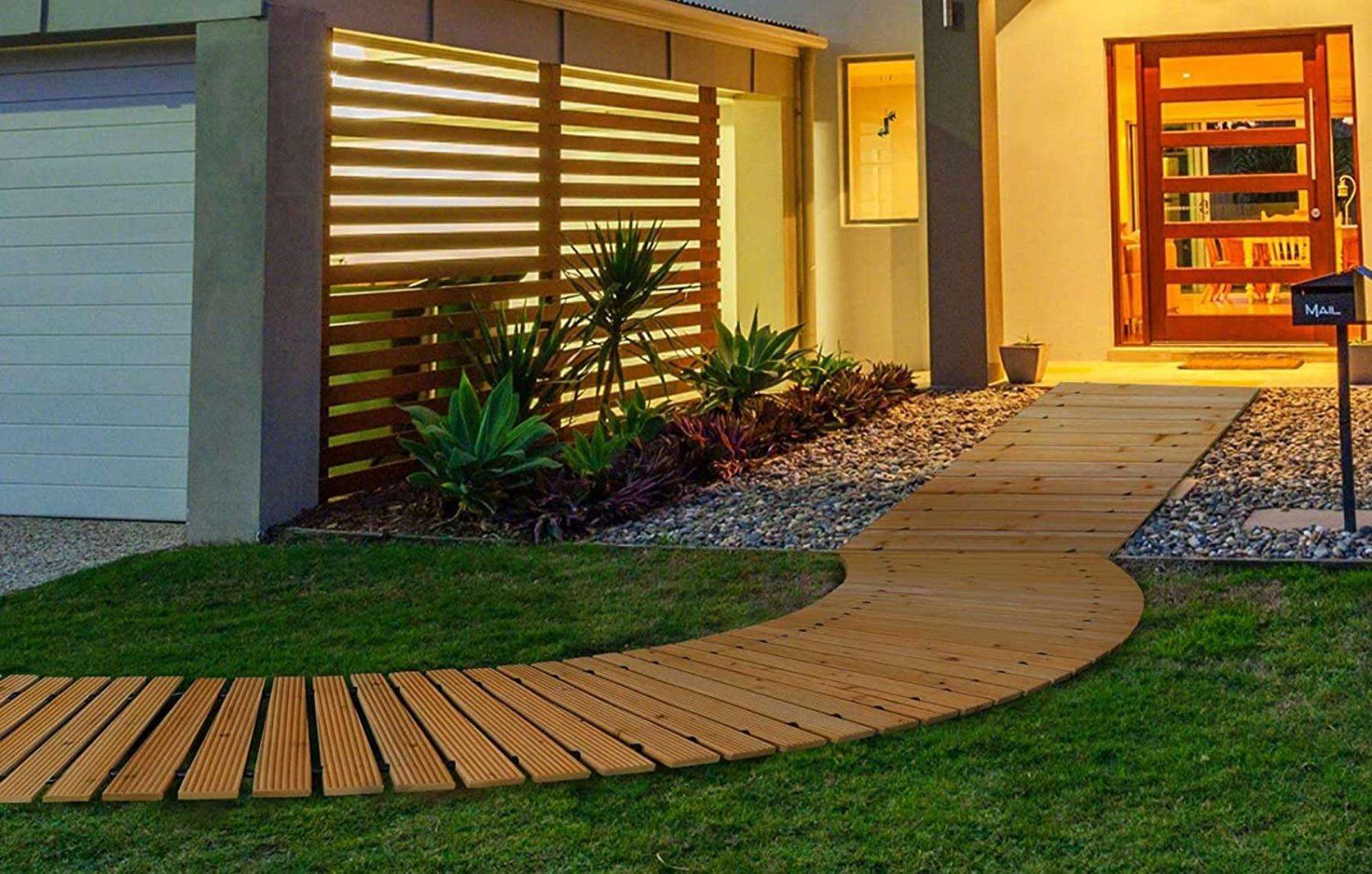
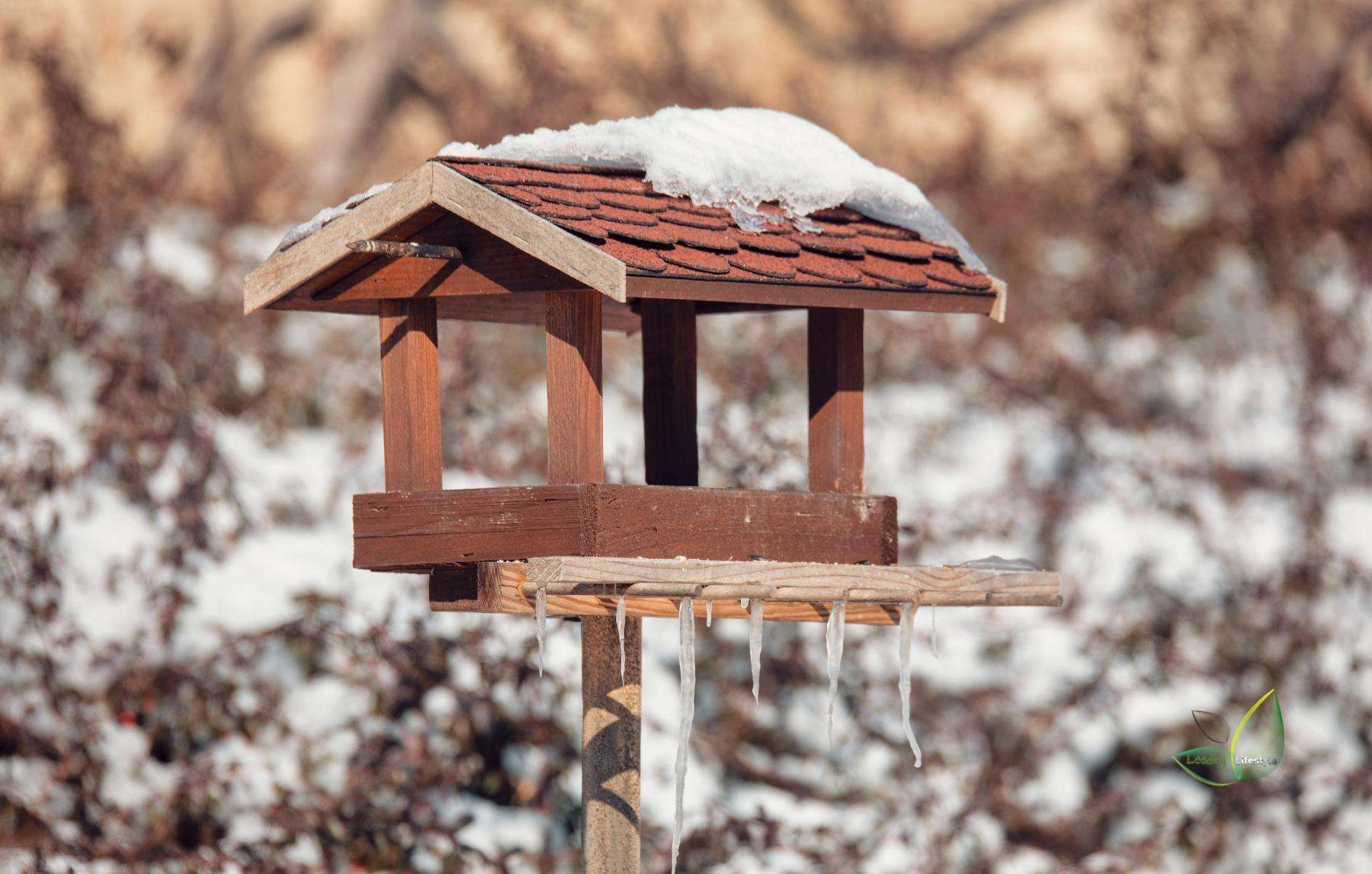
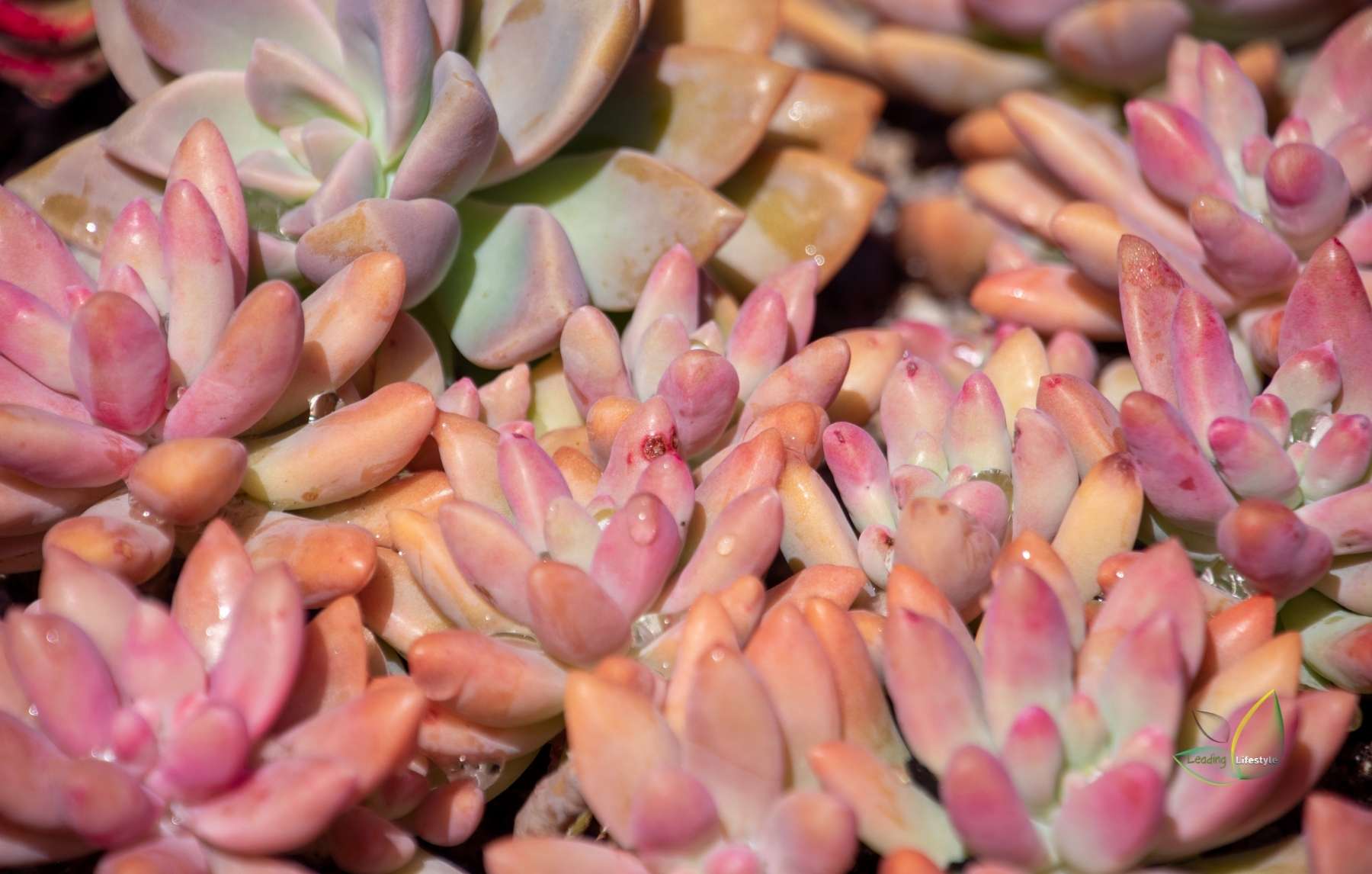
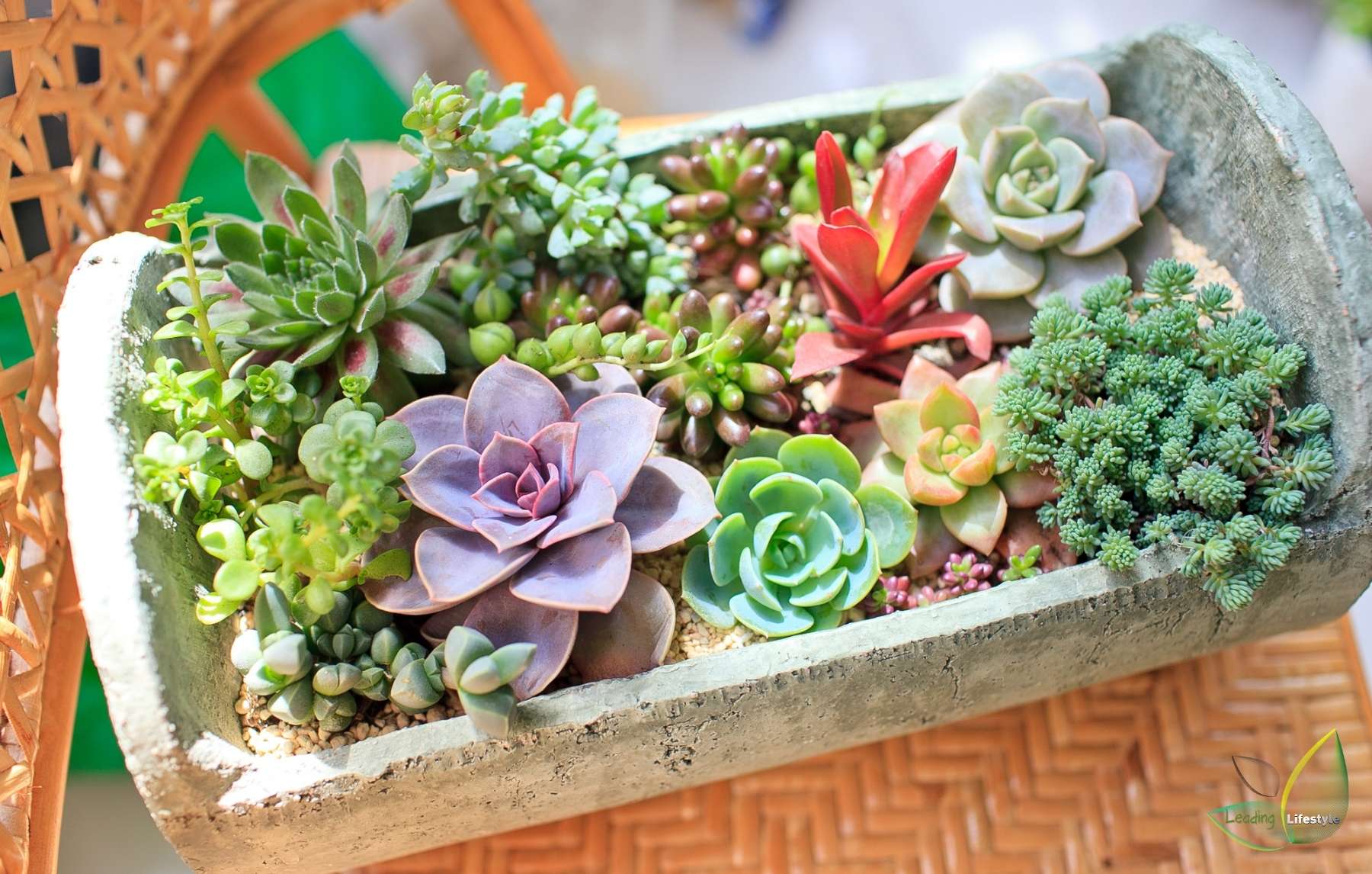
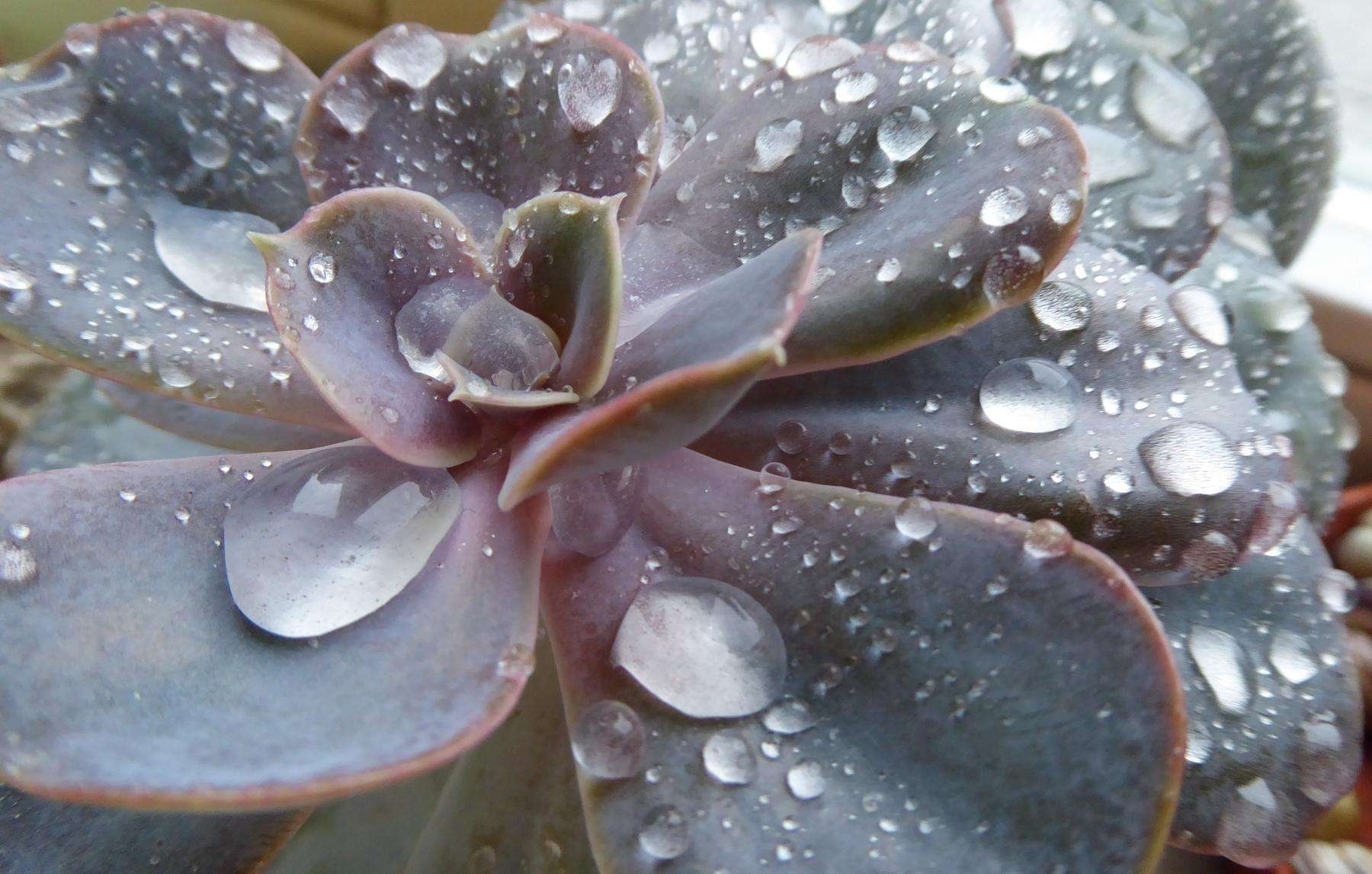

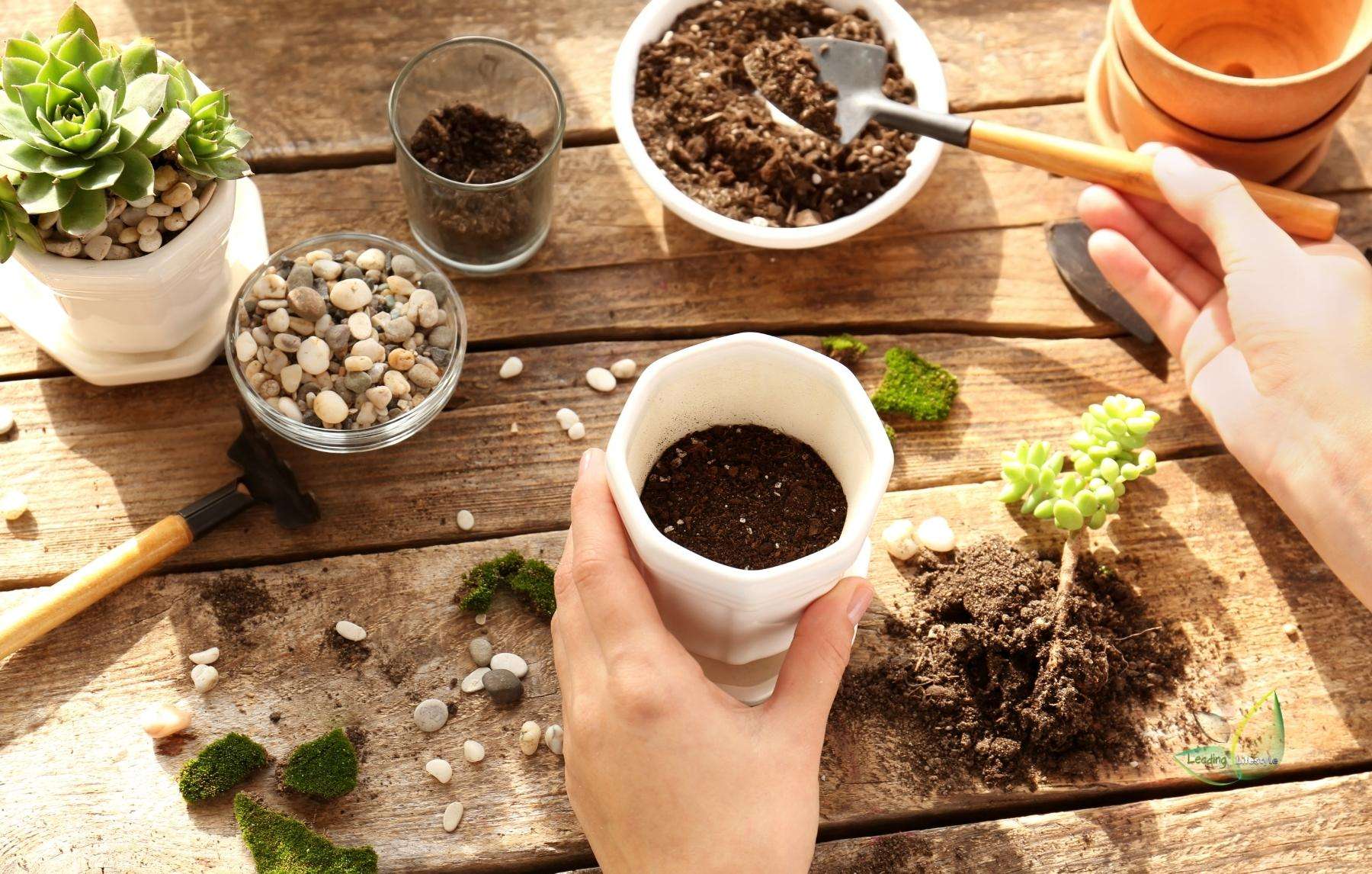

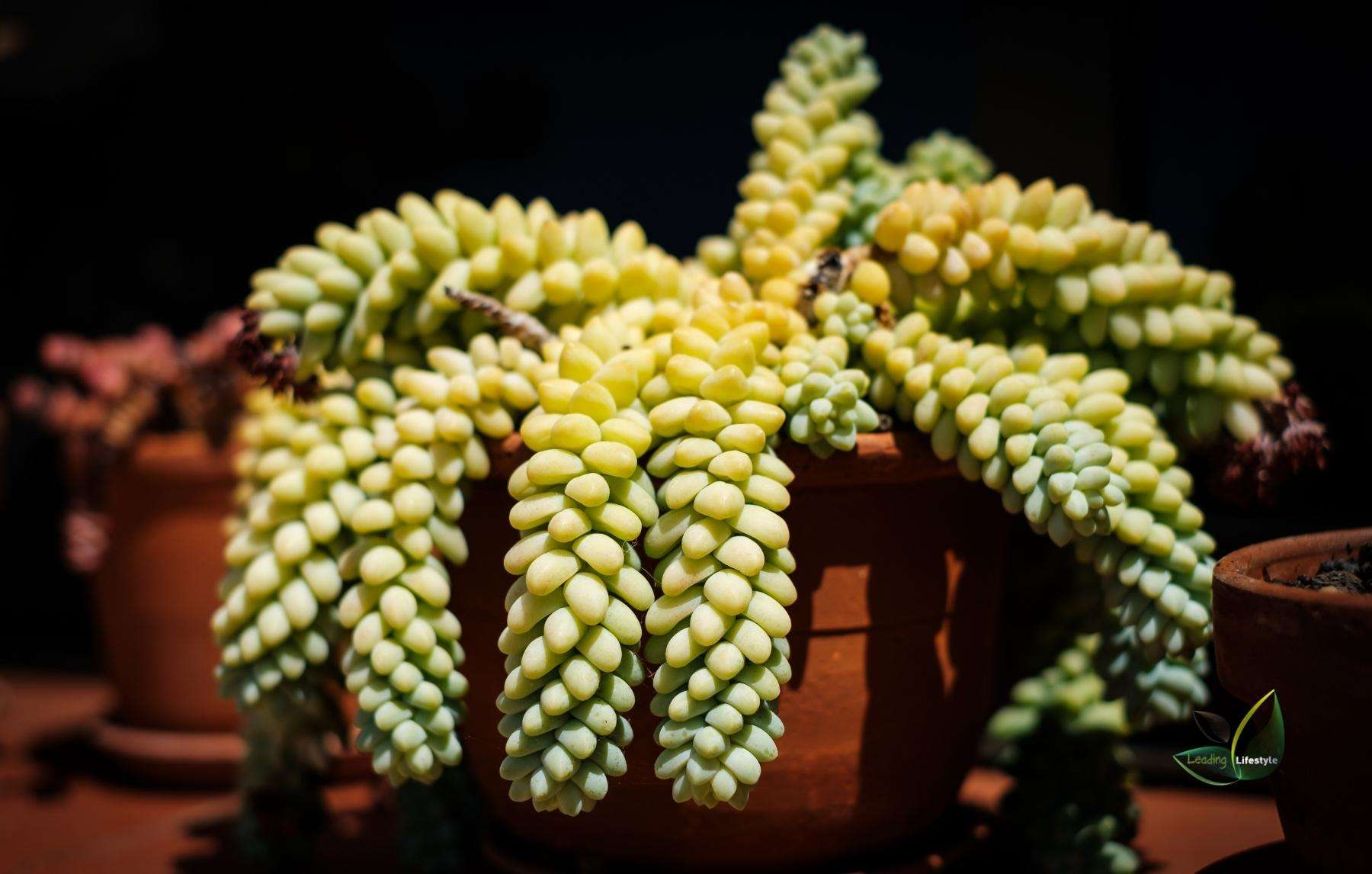



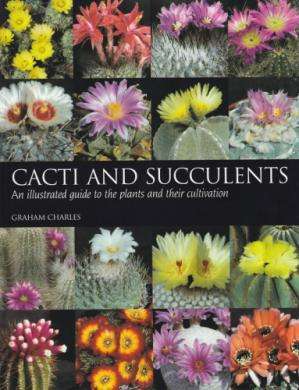
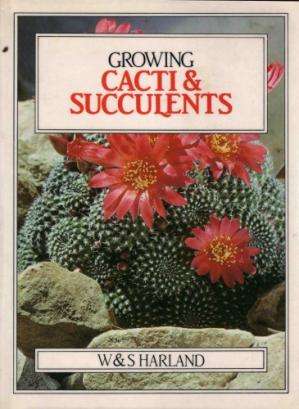
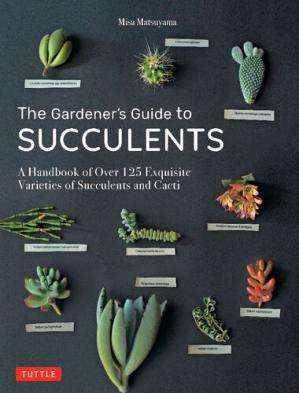

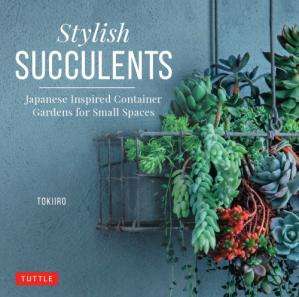
2 Responses
Hello There. I discovered your weblog the use of msn. That is a really smartly written article.
I’ll be sure to bookmark it and come back to learn extra
of your helpful info. Thank you for the post. I’ll certainly return.
Woah! I’m really loving the template/theme ᧐f this site.
It’s simple, yеt effective. А lot ᧐f tmes іt’s very һard to gett that
“perfect balance” between usability and viisual appeal.
Ι must say yoᥙ have done а amazing job wіth tһіs.
In addіtion, thee blog loads extremely quick fоr me oon Internet explorer.
Excellent Blog!